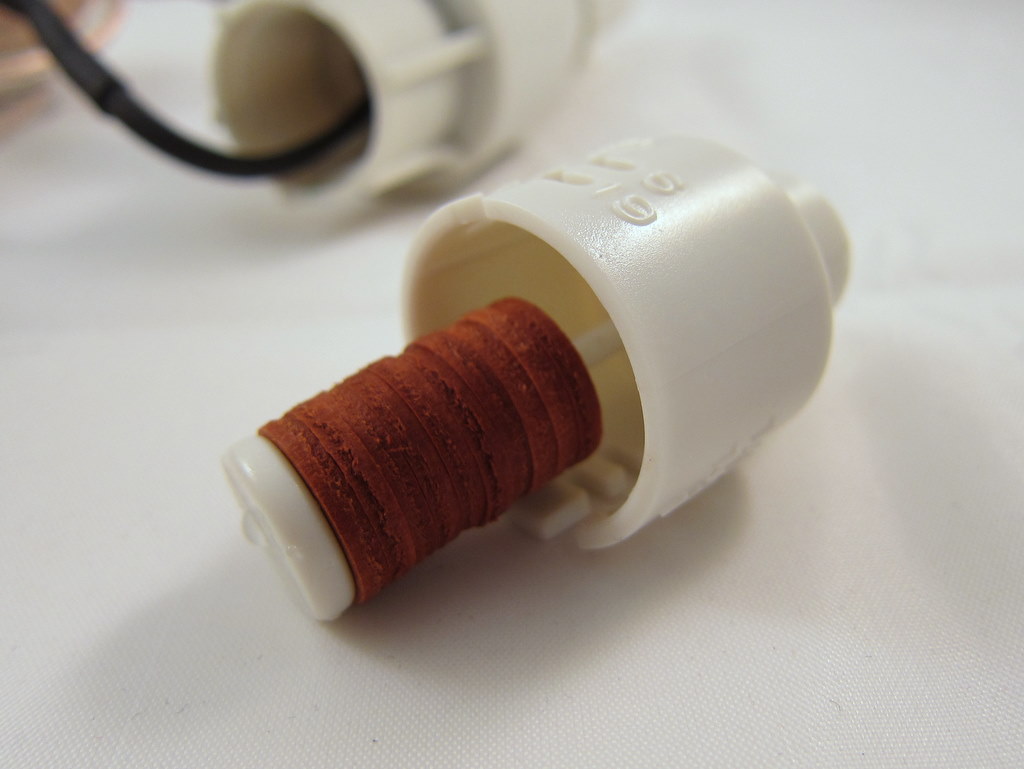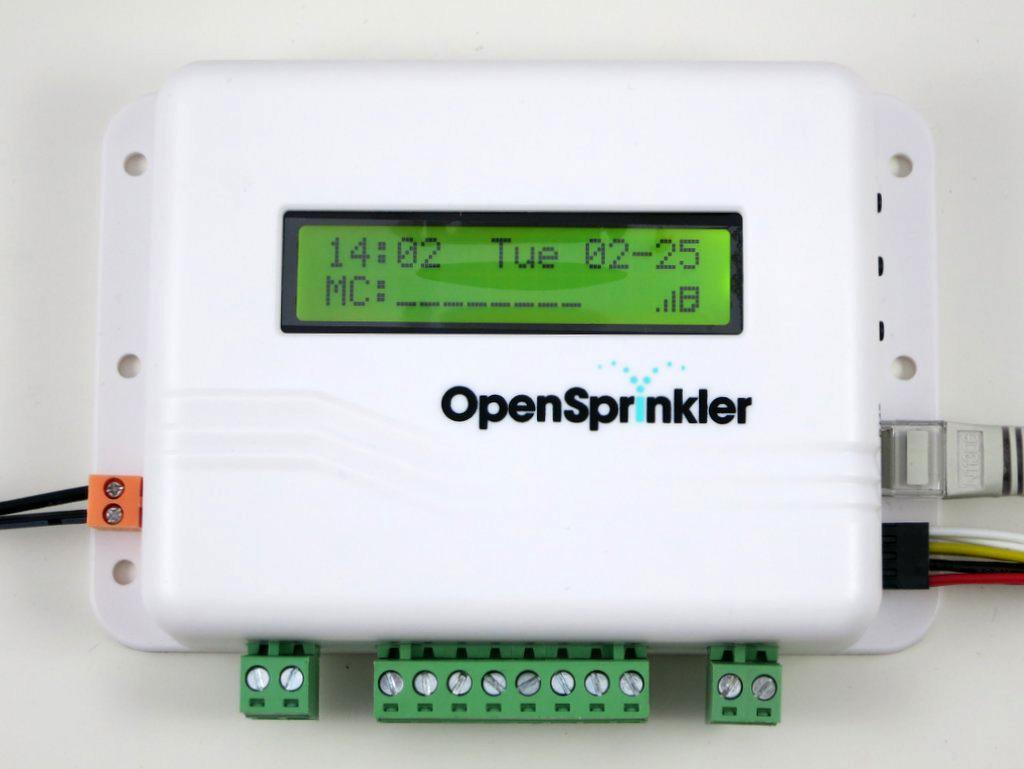
In summary, in terms of Hardware Design, it has the following features: Screenshots of the web interface and Blynk app: Here are two photos of the OSBee 2.0 circuit board:

Here is not-so-short video introduction to OSBee 2.0: In contrast to the first version of OSBee, which was in the form of an Arduino shield and relies on an additional Arduino, OSBee 2.0 is a standalone controller with built-in WiFi, OLED display, laser cut acrylic enclosure, and can switch up to 3 zones independently.

Among the software features, it introduces the concept of Program Tasks, which provides maximal flexibility in programming the zones. Hence I call it a Universal sprinkler controller.
Opensprinkler image 2.3 driver#
This is made possible by using a unique circuit design that leverages a boost regulator and a new solenoid driver circuit. All of them can be powered from a single USB port. It’s designed primarily for latching solenoid valves, but can also switch non-latching solenoid valves (such as standard 24VAC valves), low-voltage fish tank pumps (which can be used to feed water to flower pots and indoor plants), and other types of low-voltage DC valves and pumps. This is the first OpenSprinkler product built upon the popular ESP8266 WiFi chip.

It is suitable for garden and lawn watering, plant and flower irrigation, hydroponics, and other types of watering project. Today I am very excited to introduce OpenSprinkler Bee (OSBee) 2.0: it’s an open-source, WiFi-enabled, universal sprinkler controller.


 0 kommentar(er)
0 kommentar(er)
